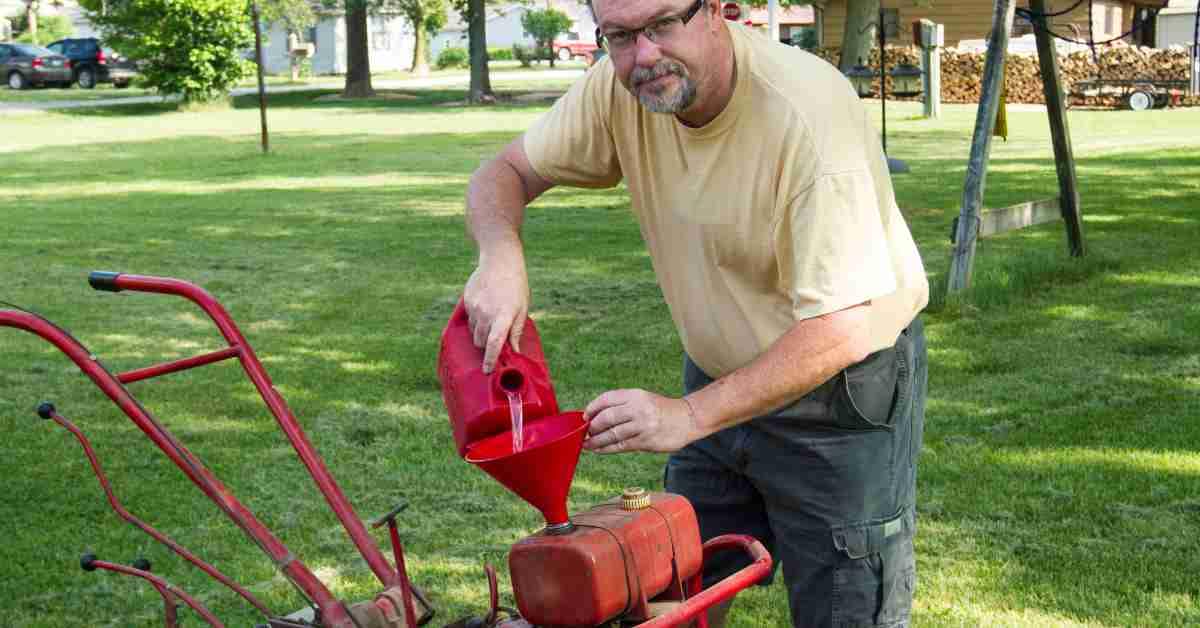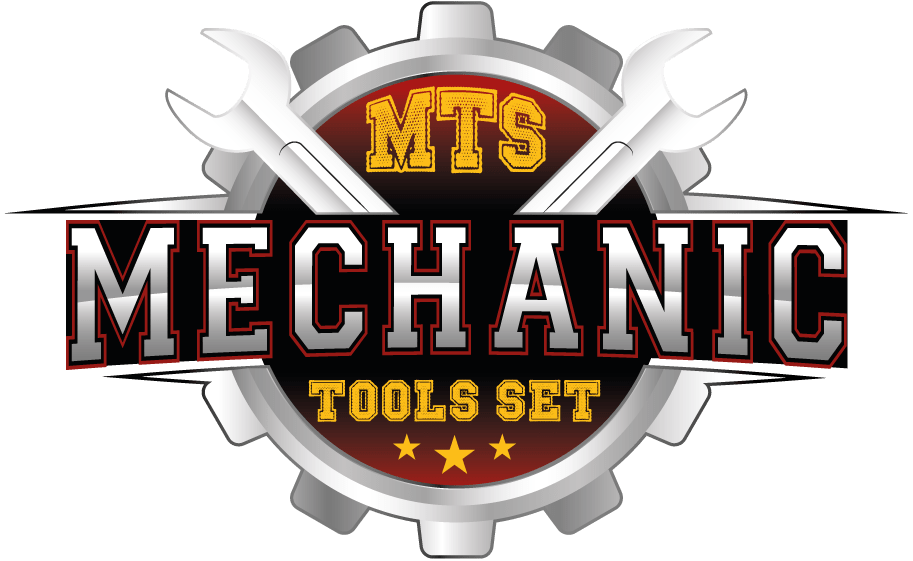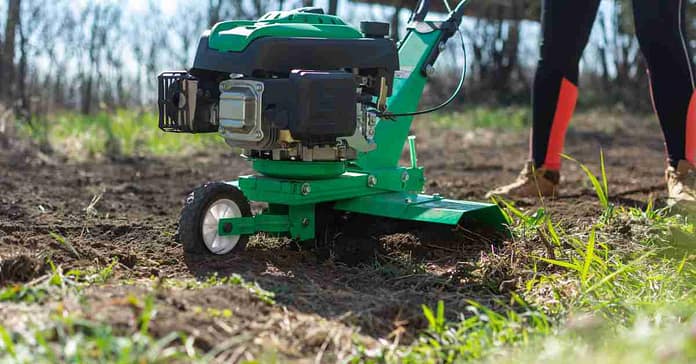A garden tiller is a tool used to break up soil, making it easier to plant and cultivate. It helps prepare the garden bed.
Garden tillers are essential for any serious gardener. They break up hard soil, making it easier to plant seeds and ensure proper root growth. They come in various sizes and types, from manual to electric and gas-powered models. Choosing the right tiller depends on the size of your garden and the type of soil.
Lightweight tillers work well for small gardens with loose soil, while heavier, more powerful tillers are suited for larger areas with compacted soil. Properly using a garden tiller can significantly improve soil quality, leading to healthier plants and higher yields. It’s an invaluable tool for garden maintenance.
Introduction To Garden Tillers
Garden tillers are tools for turning the soil. They help make the soil ready for planting. Farmers and gardeners use them often. Tillers break up hard soil. This makes it easier for roots to grow. They also mix in compost and fertilizer. This helps plants get the nutrients they need. With a tiller, gardening becomes easier and faster.
| Type | Features |
|---|---|
| Front-tine Tiller | Good for small gardens. Easy to handle. |
| Rear-tine Tiller | Best for large gardens. More powerful. |
| Electric Tiller | Quiet and eco-friendly. Needs power outlet. |
| Gas Tiller | More powerful. No need for power outlet. |
Choosing The Right Tiller
Size and power are key factors in picking a tiller. Small gardens need less powerful tillers. Larger gardens require more powerful machines. A small tiller is easier to handle. Big tillers can handle tough soil better.
Electric tillers are quiet and easy to start. They need less maintenance. Perfect for small gardens. Gas tillers are more powerful. They are good for large areas. They need more care and can be noisy.
Preparing Your Garden
Check the soil type in your garden. This helps you know what it needs. Healthy soil grows better plants.
Test the soil for nutrients and pH levels. Use a soil test kit for this. Add compost if the soil lacks nutrients.
Adjust the pH level if needed. A balanced pH helps plants grow well.
Remove any weeds from the garden. Weeds take nutrients from your plants. Clear away rocks and sticks too.
They can harm your garden tiller. Use gloves to protect your hands. Bag all the debris and dispose of it properly.
This makes your garden ready for tilling.
Using A Garden Tiller
Always wear protective gear like gloves and goggles. Keep children and pets away from the tiller. Check the area for rocks and debris. These can damage the tiller. Make sure the tiller is in good working condition. Never operate a tiller under the influence of alcohol. Turn off the tiller before making adjustments. Store the tiller in a safe place when not in use.
Start tilling at a low speed. Move the tiller in straight lines. This helps to cover the area evenly. Overlap each pass slightly. This ensures the soil is well tilled. Avoid tilling when the soil is too wet. Wet soil can clog the tiller. Break up large clumps of soil with a rake. Use the tiller to mix in compost or fertilizer. This adds nutrients to the soil.
Maintenance And Care

Always clean your garden tiller after each use. Remove dirt and debris from the blades. Use a soft brush for hard-to-reach areas. Wipe the tiller with a damp cloth. Dry the tiller completely to prevent rust. Store the tiller in a dry place.
Check the oil level before each use. Inspect the blades for any damage. Look for loose screws and tighten them. Ensure the spark plug is clean and working. Test the throttle and other controls. Regular inspections keep your tiller in good condition.
Benefits Of Tilling
Tilling helps to improve soil aeration. It breaks up compacted soil, allowing air to reach plant roots. This process helps plants grow better and become stronger. Good aeration also allows water to seep in more efficiently.
Tilling is effective for weed control. It uproots weeds and prevents them from spreading. By disrupting weed roots, tilling reduces competition for nutrients. This makes it easier for garden plants to thrive.
Common Mistakes
Over-tilling can damage soil structure. It creates a hard crust on top. This crust prevents water from entering the soil. Plants may struggle to grow in such soil. Tilling too much destroys beneficial insects and worms.
These insects help keep the soil healthy. It is best to till only when needed. Avoid frequent tilling to keep your garden soil healthy.
Soil conditions matter a lot for healthy plants. Wet soil should not be tilled. Tilling wet soil creates clumps and hardens it. Dry soil can be tilled easily. Always check soil moisture before tilling. Test soil pH regularly. Proper pH levels help plants absorb nutrients. Good soil conditions lead to a thriving garden.
Advanced Tilling Techniques
Double digging helps soil become loose and rich. Start by digging a trench, about 12 inches deep. Move the soil to one side. Loosen the soil at the bottom of the trench. Add compost to improve nutrients. Dig another trench next to the first.
Place the soil from the second trench into the first trench. Repeat this process across the entire garden bed. This technique helps roots grow deep and strong.
Vertical tilling creates channels in the soil. These channels help water and air reach plant roots. Use a garden fork or tiller. Push the tool into the soil, then lift and twist. This action breaks up compacted soil. Space the channels about 6 inches apart. Vertical tilling reduces soil erosion and improves drainage. Plants will grow healthier and stronger.
FAQ
What Is The Difference Between Garden Cultivator And Tiller?
A garden cultivator mixes and aerates soil, while a tiller breaks up hard ground for planting. Cultivators work best for maintenance; tillers handle tougher tasks.
Is A Garden Tiller Worth It?
Yes, a garden tiller is worth it. It saves time and effort, improves soil quality, and boosts plant growth. Ideal for large gardens.
What Does A Tiller Do For A Garden?
A tiller breaks up and aerates soil in your garden. It helps mix in nutrients, making planting easier.
What Are The Disadvantages Of A Tiller?
Tillers can be noisy and require regular maintenance. They may struggle with rocky or hard soil. Large tillers can be heavy and difficult to maneuver. Smaller models might lack power for bigger tasks. High upfront costs can be a concern for some users.
Conclusion
A garden tiller is an essential tool for any gardener. It makes soil preparation effortless and efficient. Investing in a quality tiller saves time and enhances your gardening experience. Choose the right tiller to keep your garden thriving and productive.
Happy gardening!
Related Post
Best Mechanic Tool Sets for Reliable Repairs
The Complete Guide to Laptop Stands
Best Master Mechanic Tool Sets to Fix Anything!

